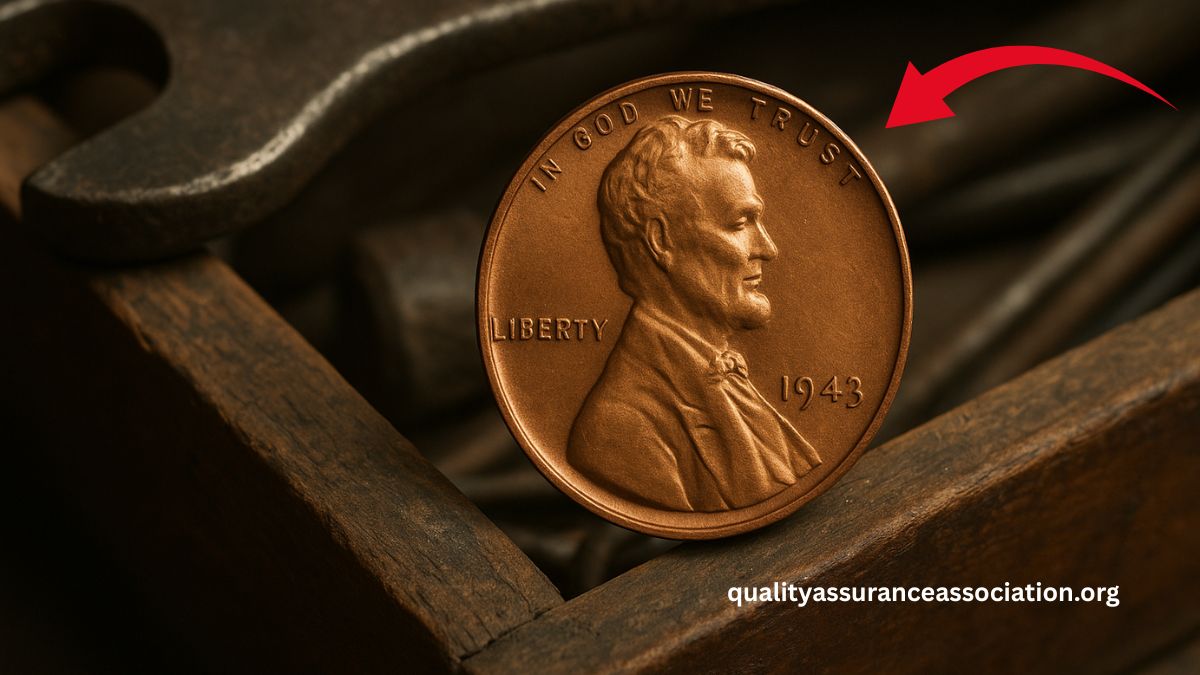In a remarkable turn of events, a rare 1943 copper penny discovered in a grandfather’s toolbox has fetched $1.2 million at auction.
This coin, a product of a minting error during World War II, is among the most coveted in numismatic circles. Its unexpected discovery and subsequent sale underscore the immense value that rare coins can hold.
The 1943 Copper Penny: A Wartime Rarity
During World War II, the U.S. Mint faced a copper shortage, leading to the production of pennies using zinc-coated steel in 1943.
However, a few copper planchets from 1942 were mistakenly used, resulting in a limited number of 1943 copper pennies. These coins are exceedingly rare, with estimates suggesting that only about 15 to 20 exist today.
Discovery and Authentication
The penny in question was found by a family member sorting through a late grandfather’s belongings.
Recognizing its unusual appearance, the coin was submitted to a professional grading service for authentication. It was confirmed to be a genuine 1943 copper penny, adding to the small number of known specimens.
Auction and Sale
The authenticated coin was put up for auction, attracting significant interest from collectors worldwide. Bidding was fierce, culminating in a final sale price of $1.2 million. This sale highlights the high demand and value associated with rare minting errors.
Key Details of the 1943 Copper Penny
| Attribute | Details |
|---|---|
| Year Minted | 1943 |
| Composition | 95% Copper, 5% Tin and Zinc |
| Standard Composition 1943 | Zinc-coated Steel |
| Estimated Quantity | Approximately 15–20 known specimens |
| Notable Sale Price | $1.2 million |
| Reason for Rarity | Accidental use of copper planchets |
Why Is the 1943 Copper Penny So Valuable?
The value of the 1943 copper penny stems from its rarity and the historical context of its creation. Minting errors, especially those resulting in a different composition during a significant historical period, are highly prized among collectors.
The combination of scarcity and historical significance drives the coin’s substantial value.
How to Identify a 1943 Copper Penny
- Magnet Test: Copper is non-magnetic, so a genuine 1943 copper penny will not stick to a magnet, unlike its steel counterparts.
- Color and Weight: Copper pennies have a distinct reddish-brown hue and weigh approximately 3.11 grams, compared to 2.7 grams for steel pennies.
- Professional Appraisal: Due to the prevalence of counterfeits, it’s crucial to have the coin authenticated by a reputable grading service.
The discovery and sale of a 1943 copper penny for $1.2 million serve as a testament to the hidden treasures that may lie unnoticed in everyday places.
This event highlights the importance of awareness and the potential value of rare coins, encouraging individuals to take a closer look at their own collections.
FAQs
How many 1943 copper pennies are known to exist?
It’s estimated that only about 15 to 20 genuine 1943 copper pennies exist today, making them extremely rare.
Why were some 1943 pennies made of copper instead of steel?
The use of copper planchets in 1943 was accidental, resulting from leftover copper blanks from 1942 being used during the minting process.
How can I verify if I have a genuine 1943 copper penny?
To confirm authenticity, conduct a magnet test and have the coin evaluated by a professional grading service.

